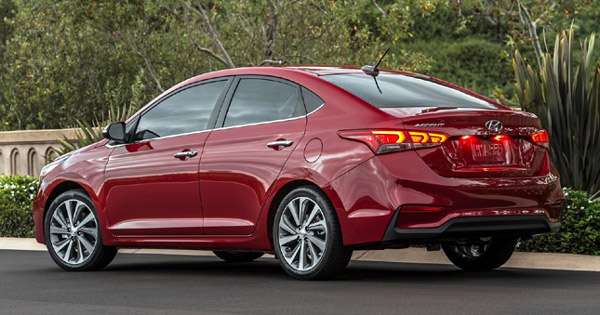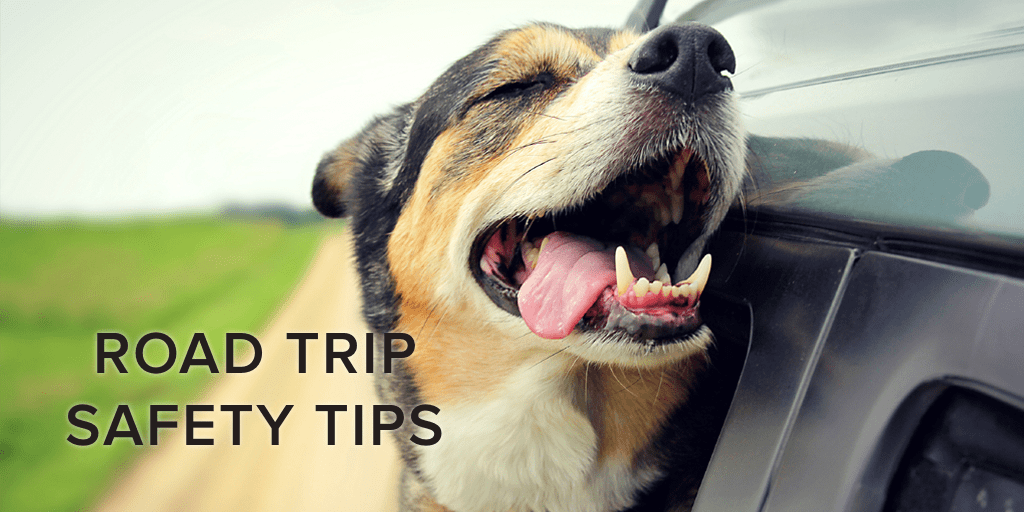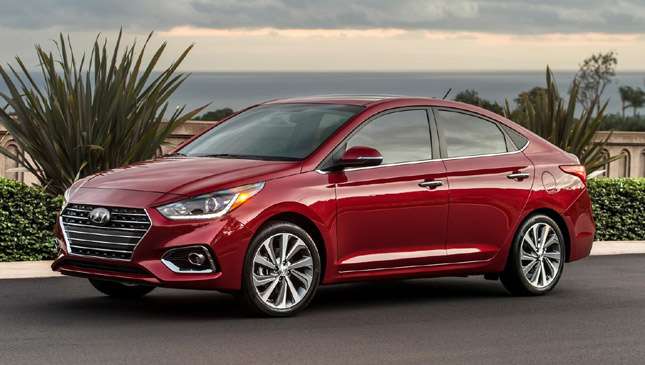Getting ready to hit the road for a multi-day adventure? Make sure that it’s a fun and safe drive no matter where you’re going with our top road trip tips.
Buckle up.
This may seem like a simple one, but buckling up can save your life. Car accidents are the number one cause of death of 1–54-year olds in America. By wearing a seat belt, you can cut the risk of being injured or killed by 50%. This is definitely our number one road trip tip for keeping everyone safe, so don’t put the car in gear until everyone is buckled in tight!
Give your car a once-over.
Is your car road-worthy? Ensure it is with a quick maintenance appointment at one of your nearest Hyundai dealerships or by doing it yourself. You should check your tyre pressure, tread levels, oil levels, wiper blades, and fluid levels. If it’s time for an oil change, get one. If you need to top off fluids, do it. If you need to patch or replace a tire, don’t skimp. It’s important that if anything looks funky, you get it fixed before it’s time to drive.
Get some rest.
Driving while tired is super dangerous. Every year, drowsy drivers cause over 1,500 fatal car accidents. That’s because as your eyelids droop, so does your ability to react quickly, make sound decisions, and keep your car in the correct lane.
You may not think you’re too tired to drive responsibly, but studies show that driving after being awake for 18 hours causes your brain to function like someone with a blood alcohol content (BAC) of 0.05%. After being awake for 24 hours, it doubles to a 0.10% BAC. That’s the equivalent of a 160-pound man drinking five beers in an hour and getting behind the wheel.
It’s not just lack of sleep that contributes to drowsy driving. Taking medication can make you sleepy and so can boredom. If you are getting more tired by the mile, either trade off with someone who is refreshed, stop to stretch your legs, keep the window down, or talk with your passengers to keep yourself alert. The best medicine for drowsy driving is sleep, so if you can, take a rest and then get back on the road.
Have your GPS handy and bring back-up directions.
Knowing where you’re going is pretty important. If you get lost, you could find yourself in unsafe neighborhoods or stuck in a sand dune—you never know. By mapping your course before you go and keeping a GPS on-hand, you’ll be able to stay on track the whole journey.
Another smart plan is to print or take screenshots of your directions, in case your phone loses signal or its battery dies. That way, you won’t lose sight of where you’re going at a critical, turn, exit, or merge.
Watch out for drunk drivers.
In 2010 on Memorial Day, there were 158 drunk driving related deaths across the country. That averages around three people per state.
You can protect yourself and your passengers by staying alert and reporting any drunk driving that you see. One safe driving tip is to never stay in the left lane unless passing. If someone drifts from the other side of the road, you’ll be the first in line for a collision. Staying on the right side of the road will give you time to avoid a drunk driver if need be.
Stock up on supplies.
Don’t run out of gas for your car or belly. Keep everyone fueled for the entire trip by stocking up on provisions, drinks, and gas. Choose a mix of salty and sweet, and junky and healthy to keep a balanced diet.
Don’t forget to pack a full gas can in your trunk, either! Getting stuck on the side of the road won’t just delay your road trip, it could be dangerous.
Carry a spare… and know how to change it.
Every year in the U.S., there are reports of about 220 million flat tires. That’s about seven tire punctures every second.
Unless you have a roadside assistance membership and time to spare while you wait for help, you’ll want to familiarize yourself with how to change a flat tyre yourself. Here is a pretty lengthy tutorial that can show you how. Read their tips and then practice changing a tire on your car in your driveway so you’re ready if you have to do it on the road.
Don’t have a jack or a spare? You can fix that right away by purchasing a jack and finding a spare tyre at Group 1 Hyundai that will fit your car. If you have room, buying two spares isn’t a bad idea in case you blow more than one.
Pack proper tools.
If your car breaks down, blows a tyre, or someone is hurt in your vehicle, you’ll need some help. Luckily, there are a number of car emergency kits out there that will provide you with dozens of items you can use in a pinch.
The Top Gear Premium Roadside Assistance Kit has 66 items, including: jumper cables, flashlight, poncho, a basic first aid kit, reflective vest and triangle, and much more.
Get your own car security system.
It might behoove you to have a car security system. If you need to leave your car on the side of the road, a 2-way car alarm will let you know if anyone is tampering with it. It can also ensure that it’s safe while parked at different hotels and locations overnight.
Keep everyone entertained.
Screaming kids yelling, "Are we there yet?" is a huge distraction to drivers. Give the road your undivided attention by keeping everyone entertained. Does your car have the ability to play movies? Do you have a smartphone with apps and games? Are you interested in going the traditional route of playing car games?
Keep an eye on the sky.
Crossing provincial lines may be easy-peasy in your car. However, what’s awaiting you on the other side might be dangerous.
To prepare for weather in different regions, download an app on your smartphone to keep tabs on moving storms. Then, plan an alternate route or wait it out in a safe location if the road looks scary. If you don’t have a smartphone or cell phone service, you can turn on the radio, too - just tune into a popular FM news frequency to stay up-to-date with breaking news and weather alerts.
If you’re heading out on the open road this festive season, make sure to use these top holiday travel safety tips to ensure you and your passengers get where you’re going unscathed. If you have any safety tips you’d like to share, please let us know in the comment section below. You can never be too careful, so the more advice, the better.

 Subtle changes to the exterior and even subtler ones to the interior add slight improvements.
Subtle changes to the exterior and even subtler ones to the interior add slight improvements.



















